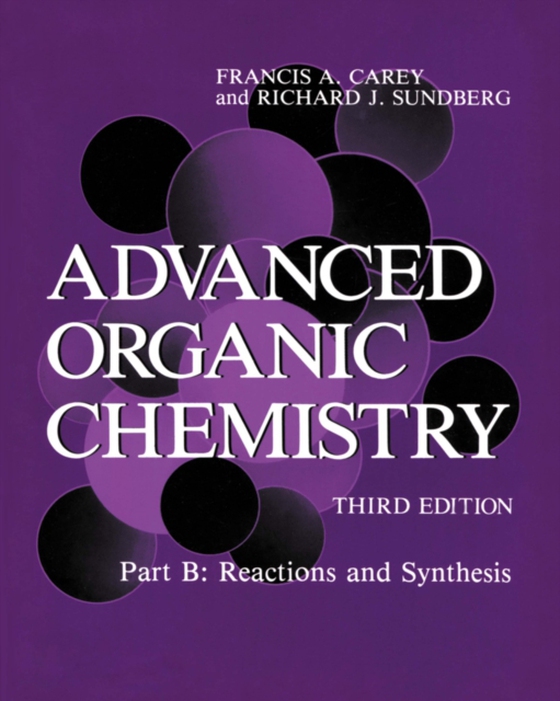
Advanced Organic Chemistry e-bog
692,63 DKK
(inkl. moms 865,79 DKK)
The main theme of Part B is the description of synthetically useful reactions and the illustration of their application. We have attempted to update the material to reflect the most important advances in synthetic methodology. Because of the extensive developments in the use of organic derivatives of transition metals, as well as of silicon and tin, we have separated the organometallic material...
E-bog
692,63 DKK
Forlag
Springer
Udgivet
6 december 2012
Genrer
PNB
Sprog
English
Format
pdf
Beskyttelse
LCP
ISBN
9781461397977
The main theme of Part B is the description of synthetically useful reactions and the illustration of their application. We have attempted to update the material to reflect the most important advances in synthetic methodology. Because of the extensive developments in the use of organic derivatives of transition metals, as well as of silicon and tin, we have separated the organometallic material into three chapters. Chapter 7 emphasizes organolithium and organomagnesium chemistry and also considers the group lIB metals. Transition metal chemistry is discussed in Chapter 8, with emphasis on copper and palladium intermediates. In Chapter 9, the carbon-carbon bond-forming reactions of organoboranes, silanes, and stannanes are discussed. The increased importance of free-radical reactions in synthesis has led to the incorporation of a section on radical reactions into Chapter 10, in which carbocations, carbenes, and nitrenes are also discussed. Certainly a major advance in synthetic chemistry during the 1980s was the development of methods for enantioselective synthesis. We have increased the level of attention to stereochemistry in the discussion of many reactions. In areas in which new stereoselective methods have been well developed, such as in aldol condensa- tions, hydroboration, catalytic reduction, and epoxidation, we discuss these methods. The final chapter discusses some of the general issues which must be addressed in multistep synthesis and provides some illustrative syntheses which can provide the basis for more detailed study of this aspect of synthetic chemistry.
 Dansk
Dansk

